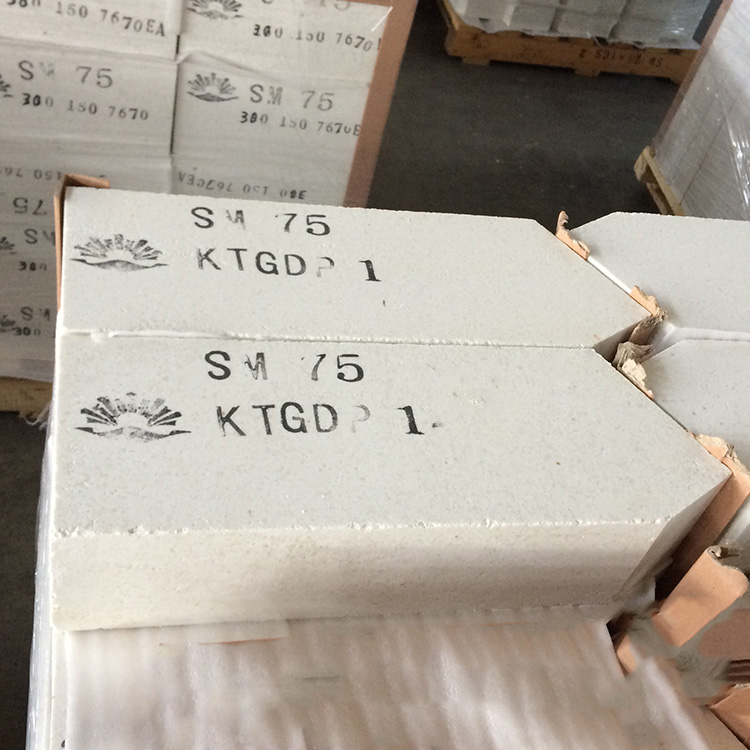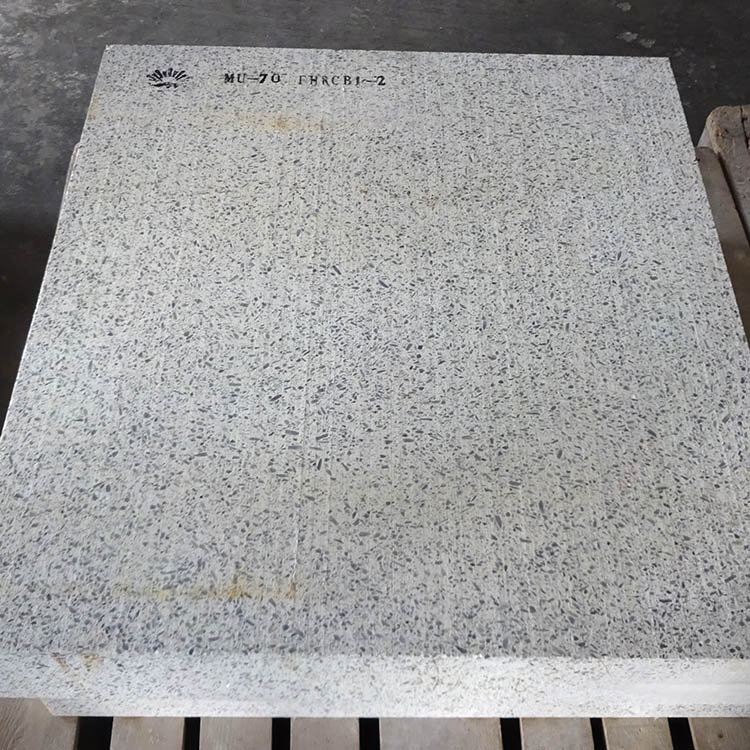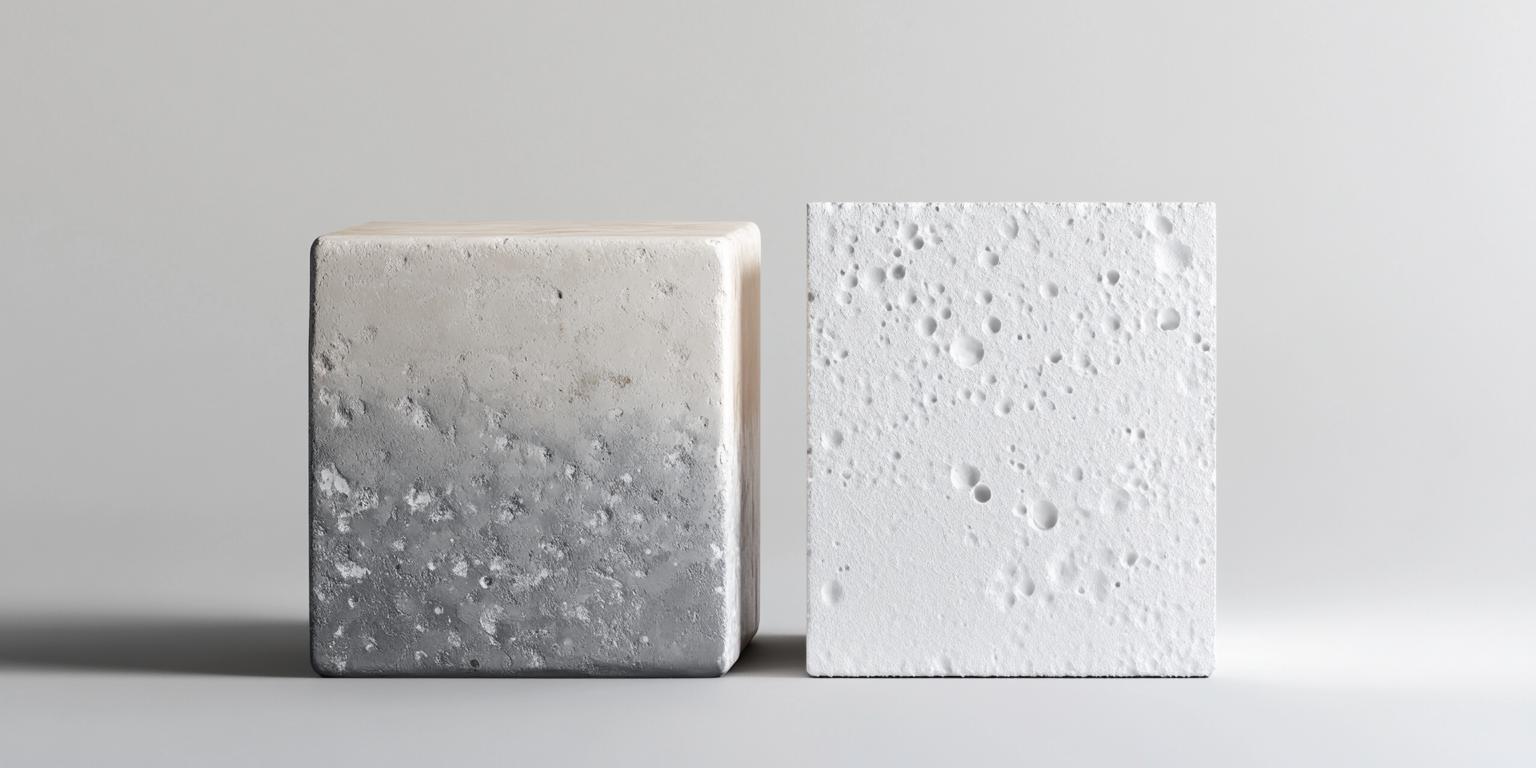
When it comes to selecting refractory materials for high - temperature applications, global procurement managers often find themselves in a maze of choices. The wrong selection can lead to reduced efficiency, increased maintenance costs, and even safety hazards. This is where mullite bricks come into play, offering different types to meet diverse high - temperature needs.
Sintered mullite bricks are made from high - quality bauxite and other raw materials rich in alumina. These raw materials are carefully selected to ensure the final product's quality. The production process involves crushing the raw materials into appropriate particle sizes, then mixing them with binders. After that, the mixture is formed into brick shapes through pressing and finally sintered at high temperatures, usually around 1600 - 1700°C.
One of the key performance features of sintered mullite bricks is their excellent thermal shock resistance. They can withstand sudden temperature changes without cracking, which is crucial in industries where temperature fluctuations are common. Additionally, they have a relatively high refractoriness under load, typically around 1550 - 1600°C, making them suitable for applications where high - temperature stability is required.

Fused mullite bricks are produced from high - purity alumina and silica raw materials. The manufacturing process is quite different from that of sintered mullite bricks. First, the raw materials are melted in an electric arc furnace at extremely high temperatures, around 2000 - 2200°C. Then, the molten material is poured into molds and cooled to form the bricks.
Fused mullite bricks have outstanding corrosion resistance. They can resist the erosion of various molten metals and slags, which is essential in industries dealing with metal smelting. Their refractoriness is also very high, often exceeding 1750°C, and they have a dense structure, which gives them excellent mechanical strength.

Let's take a closer look at the differences between these two types of mullite bricks in terms of composition, manufacturing methods, and performance:
| Aspect | Sintered Mullite Bricks | Fused Mullite Bricks |
|---|---|---|
| Composition | Made from bauxite and other alumina - rich materials | Made from high - purity alumina and silica |
| Manufacturing Method | Pressing and sintering at 1600 - 1700°C | Melting in an electric arc furnace at 2000 - 2200°C and casting |
| Thermal Shock Resistance | Excellent | Good, but relatively lower than sintered bricks |
| Corrosion Resistance | Good | Outstanding |
| Refractoriness | 1550 - 1600°C | Over 1750°C |
In the metallurgical industry, fused mullite bricks are widely used in the lining of electric arc furnaces due to their high corrosion resistance and refractoriness. They can effectively resist the erosion of molten steel and slag, extending the service life of the furnace. For example, in a large - scale steel plant, using fused mullite bricks can reduce the furnace maintenance frequency by about 30%, improving production efficiency.
In the glass industry, sintered mullite bricks are often used in the regenerators of glass furnaces. Their excellent thermal shock resistance allows them to withstand the repeated heating and cooling cycles during the glass - making process. A glass factory reported that after replacing the original refractory materials with sintered mullite bricks, the energy consumption was reduced by approximately 15%.
In the ceramic industry, both types of mullite bricks can be used in kilns. Sintered mullite bricks are suitable for kilns with relatively lower temperatures and more frequent temperature changes, while fused mullite bricks are used in high - temperature kilns for firing special ceramics.

In summary, sintered and fused mullite bricks each have their own unique features and advantages. Sintered mullite bricks are known for their excellent thermal shock resistance, while fused mullite bricks stand out for their high corrosion resistance and refractoriness. Different industries and specific applications require different types of mullite bricks. Therefore, it is crucial for customers to choose the right type according to their actual needs.
Are you still struggling to choose the right refractory materials for your high - temperature applications? Our diverse range of mullite bricks can meet your various high - temperature needs. Contact us now to get professional advice and make the best choice for your business!


